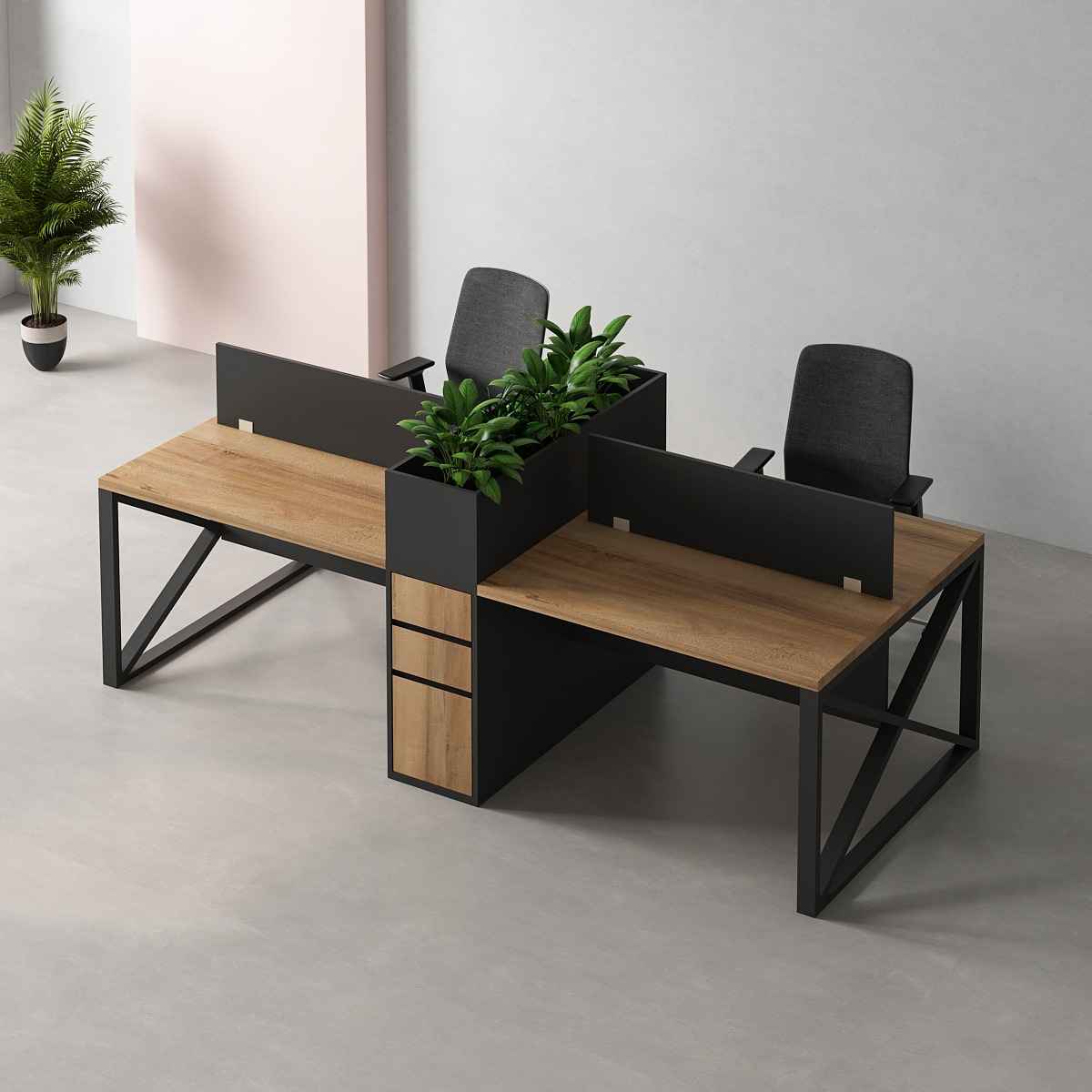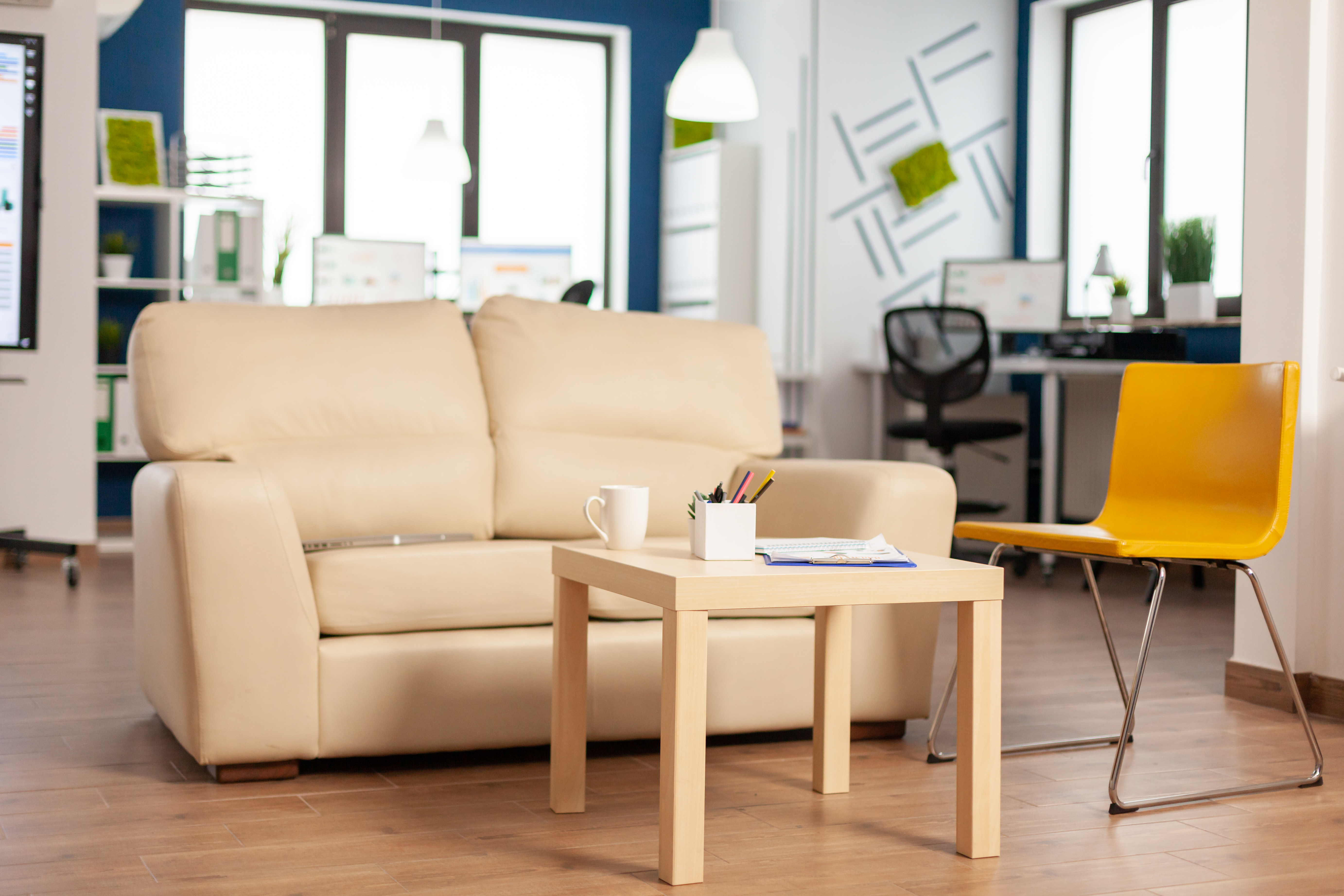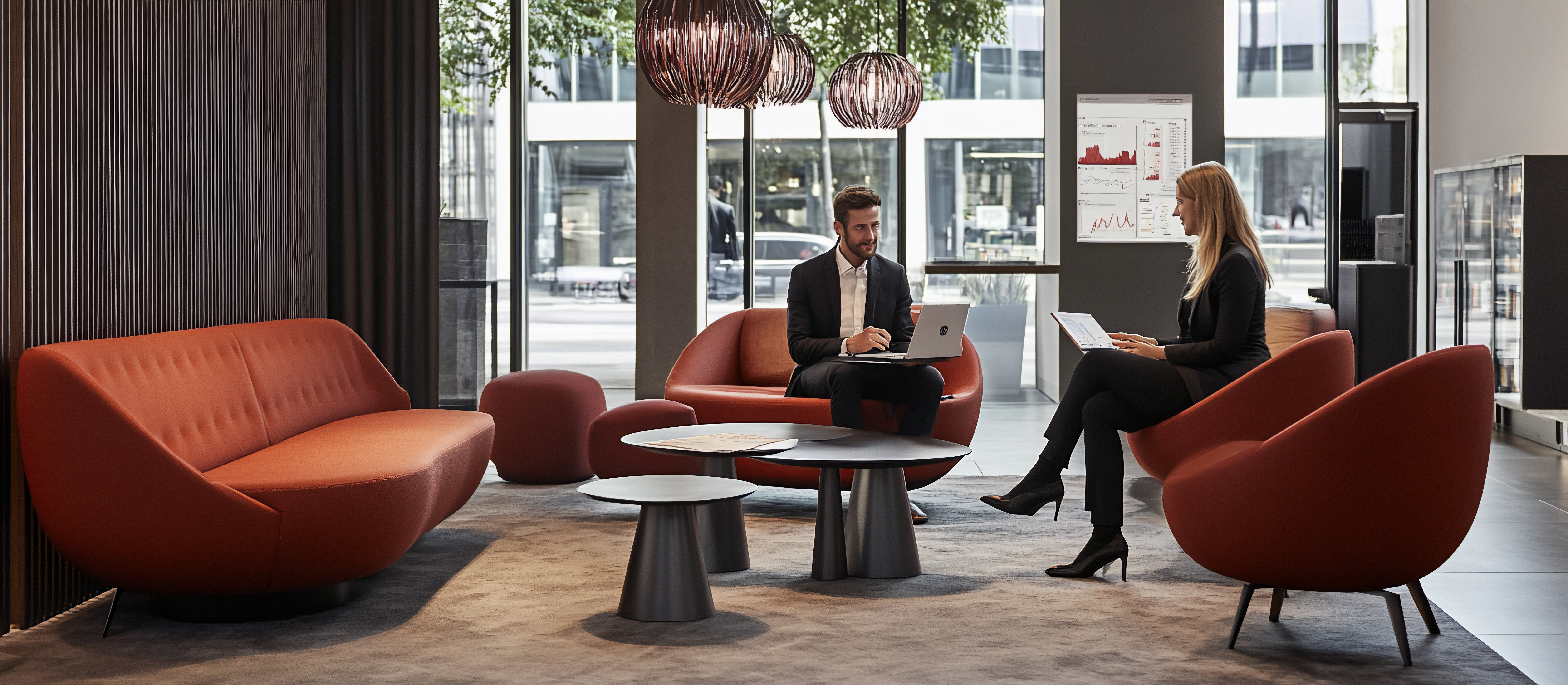When it comes to purchasing office furniture, there are several common mistakes that people tend to make. These mistakes can result in discomfort, pain, reduced productivity, and even financial strain. In this blog, we will discuss some of these common mistakes and how you can avoid them.
Not taking ergonomics into account
Ergonomics is the study of designing equipment and devices that fit the human body and its cognitive abilities. When it comes to office furniture, not taking ergonomics into account can cause employees' pain, discomfort, and bad posture. Choosing furniture that supports the body and encourages healthy posture is essential to employee well-being and productivity. Ergonomically designed chairs and desks provide the necessary support to the body, promoting good posture and reducing strain on the muscles and joints.
Disregarding durability in the long term
Choosing furniture focused primarily on aesthetics rather than longevity might result in frequent replacements and higher expenditures. In the long term, investing in furniture that is strong and well-built can save money, time, and effort. Look for high-quality materials and sturdy construction when choosing office furniture.
Ignoring storage requirements
Ignoring storage requirements might result in crowded, unorganized workstations. Lack of storage space can also lead to a cluttered office and decreased productivity. Choose furniture with built-in storage or think about adding more storage alternatives to ensure that your employees have ample space to store their belongings and keep their work area organized.
Neglecting flexibility
Selecting furniture that cannot be altered might result in pain and lower productivity. Everyone has a different body shape and working preference, so selecting adjustable furniture is essential to accommodate various needs. Adjustable chairs and desks allow users to customize their seating and workspace to fit their individual needs and promote comfort and productivity.
Choosing aesthetics over comfort
Selecting furniture based purely on its look without taking into account its usefulness might result in pain and reduced productivity. While having a visually appealing office is important, it should not come at the expense of employee comfort and well-being. Choose furniture with a good mix between aesthetic and function, and prioritize comfort over style.
Neglecting furniture testing
Failure to test the furniture before purchase might result in pain and reduced functionality. It is important to try out the furniture before making a purchase to make sure it is comfortable and suits your needs. When testing furniture, pay attention to the chair's adjustability, lumbar support, and cushioning. Try out different seating positions to ensure that the furniture provides ample support and comfort.
Budgeting
Setting a budget is essential to prevent overspending and financial pressure. Prior to going furniture shopping, set a spending limit and adhere to it. This will help you narrow down your options and focus on furniture that fits within your budget. It is also important to consider the long-term cost savings of investing in high-quality, durable furniture.
In conclusion, avoiding these common mistakes when purchasing office furniture can lead to a more productive, comfortable, and organized workspace. Prioritizing ergonomics, durability, flexibility, storage, comfort, furniture testing, and budgeting can help you choose the right furniture for your office and avoid potential issues down the line. Remember that investing in high-quality office furniture is an investment in your employees' well-being, productivity, and job satisfaction.






